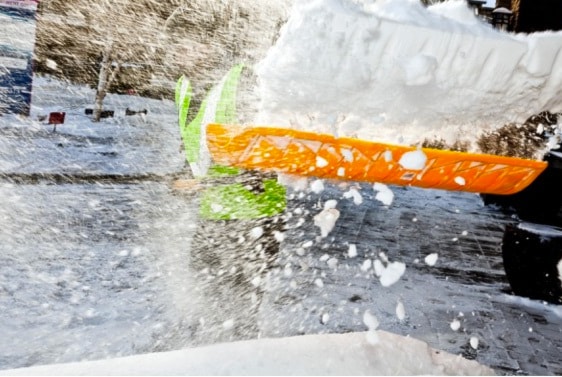A warmer and wetter start to the winter has left the region with a slightly lower than average snowpack.
The Jan. 1 snowpack from the River Forecast Centre shows that the snowpack in the Okanagan is at 79 per cent of normal.
The government agency explains that November was extremely warm across the province, with most areas experiencing monthly average temperatures that were 2 C to 5 C above normal.
This led to a delay in the early season accumulation of snow, and in some areas led to melting of snow that had fallen in October. During November, river runoff from melting snow and moderate to heavy rainfall, led to extremely high seasonal flows for most river systems in the BC Interior.
The cold arrived in December with a blast of Arctic air.
Monthly temperatures were typically 2C to 5C below normal across the province.
That led to dry conditions, particularly across northern B.C., and cold conditions across the province.
Colder than normal temperatures in south-west BC has led to much greater snow accumulations at low elevation, while the impact on higher elevation snowpack has been modest.
The Okanagan having a lower than average snowpack is similar to what is happening throughout the province.
The province has below-normal snow pack for Jan. 1, with the average of all snow measurements at 82 per cent.
A well below-normal snowpack, which is less than 65 per cent, has been recorded in northern B.C.— that includes the Upper Fraser, Skeena-Nass, Stikine, Peace, and Liard.
Slightly below-normal snowpacks, which fall in the 65 to 80 per cent range, are present in the Boundary and Okanagan. Near-normal snowpacks, of 85 to 115 per cent, are present throughout the rest of the province.
Two key weather factors have been driving the seasonal snowpack development this year.
First is the extremely warm November period across the province followed by the cold temperatures which hampered snow accumulations at high levels.
